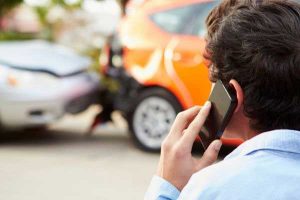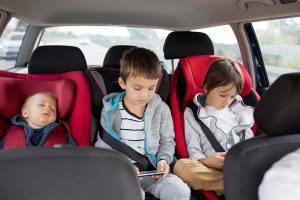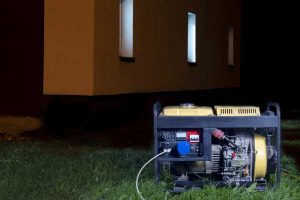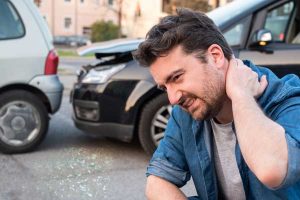How Inattentive Are New Jersey Drivers?
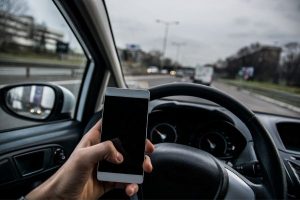 The latest research ranks New Jersey second out of all states for having the highest rate of fatal motor vehicle accidents attributed to distracted driving. Is this a reflection of drivers’ inattentiveness or the State’s efforts to combat and report this risky behavior?
The latest research ranks New Jersey second out of all states for having the highest rate of fatal motor vehicle accidents attributed to distracted driving. Is this a reflection of drivers’ inattentiveness or the State’s efforts to combat and report this risky behavior?
The research, which looks at statistics from various government agencies including the National Highway Traffic Safety Administration (NHTSA), shows that 24.6% of New Jersey’s fatal traffic accidents resulted from some sort of driver distraction. Cell phone use – both the use of handheld phones and texting – is often cited as a major distractor, but other activities like eating and applying makeup can be contributing factors. For further information and to see which state ranked number one, read “New Jersey Gets Low Marks for Distracted Driving.”
 New Jersey Injury Lawyers Blog
New Jersey Injury Lawyers Blog



